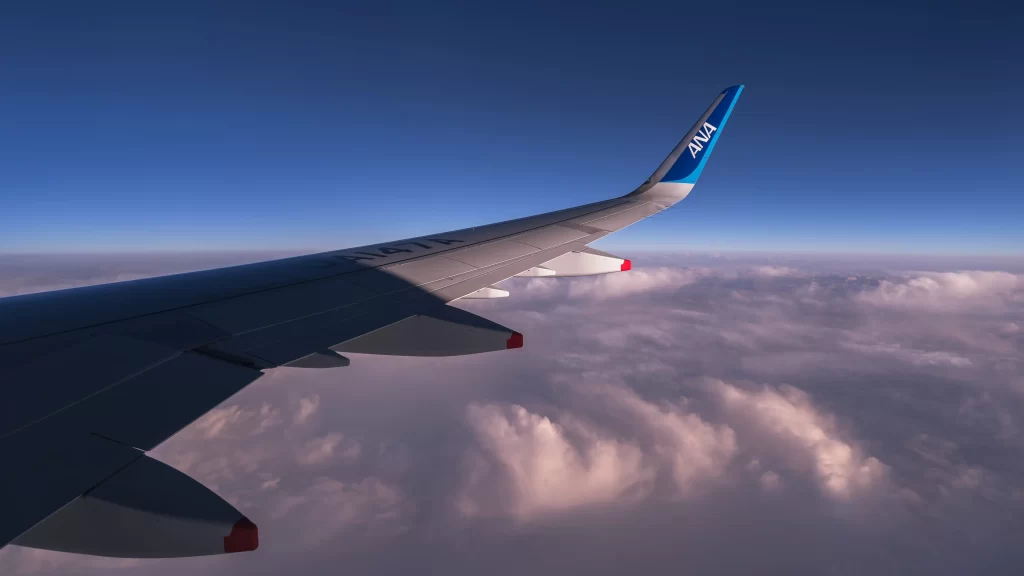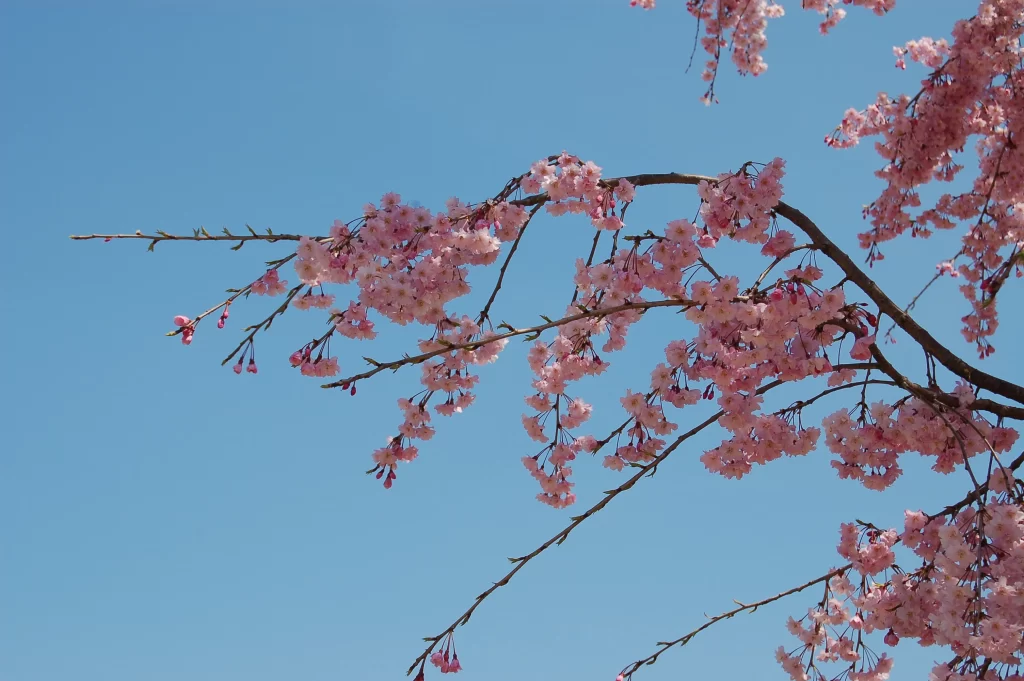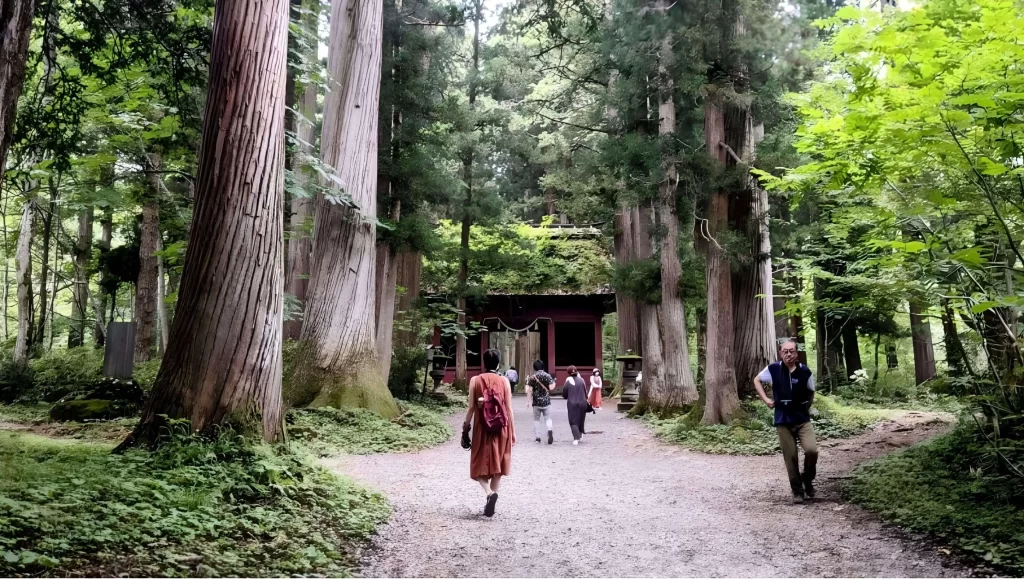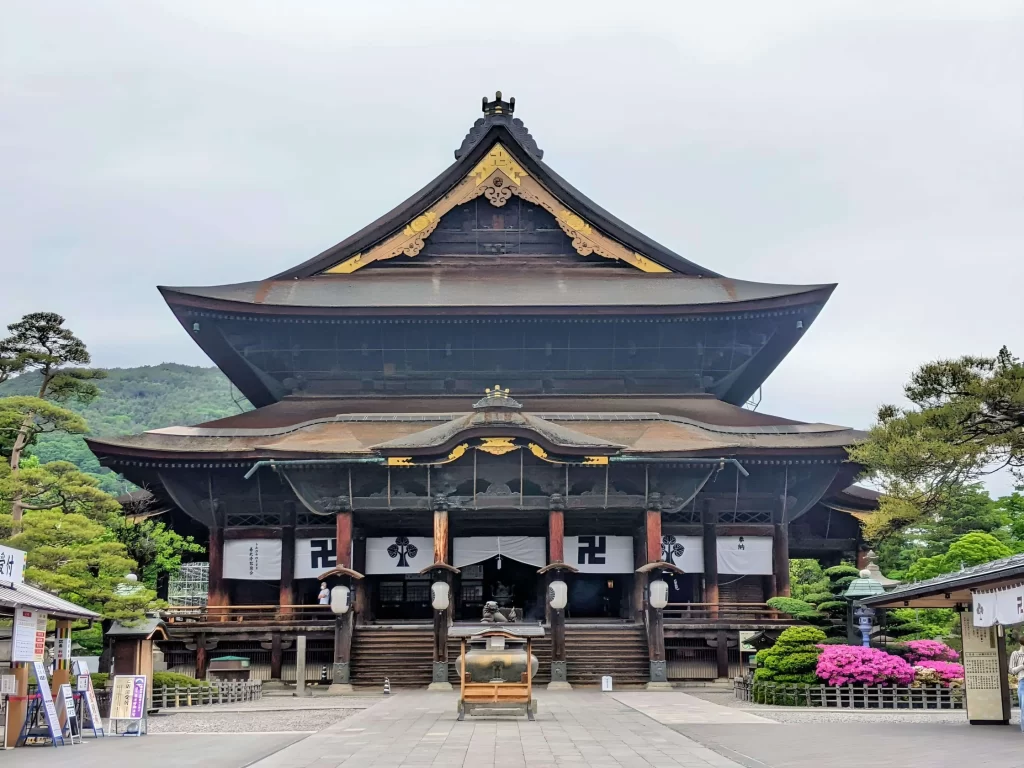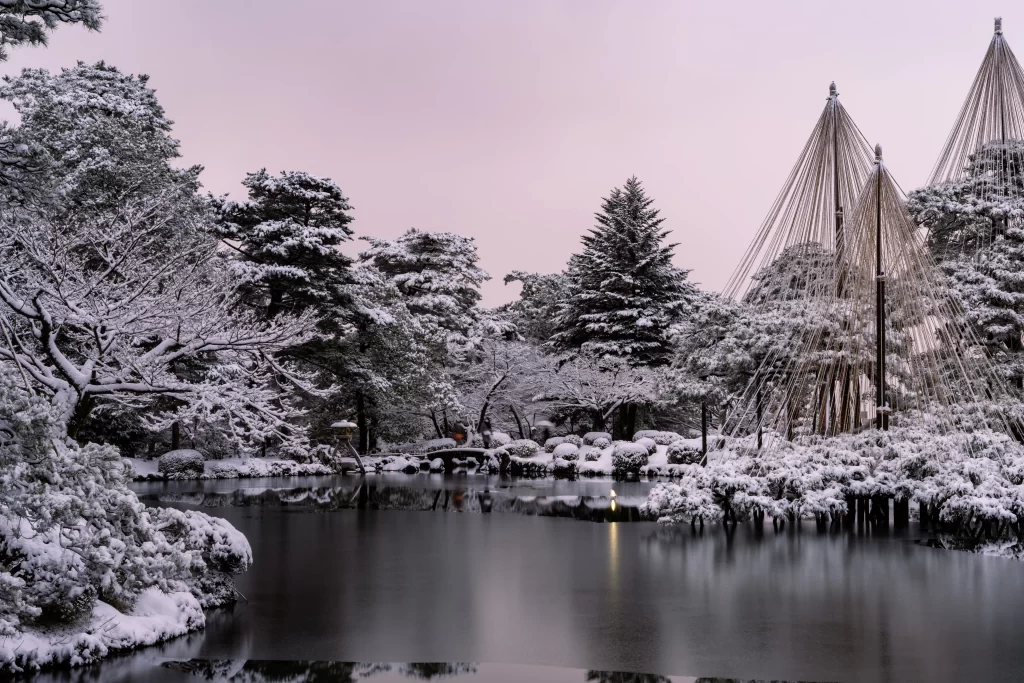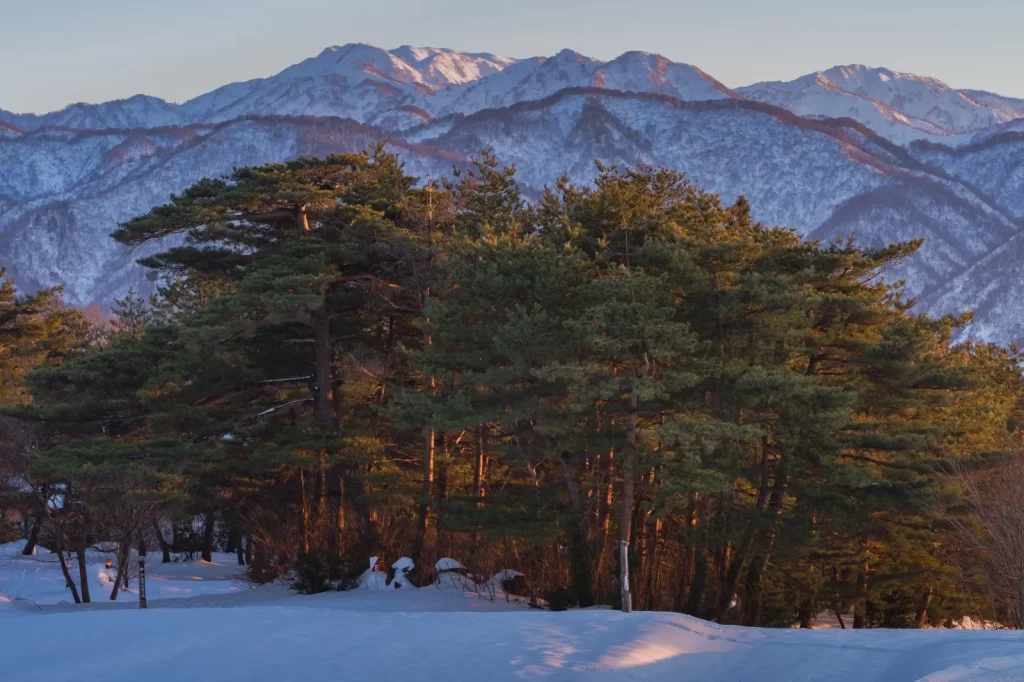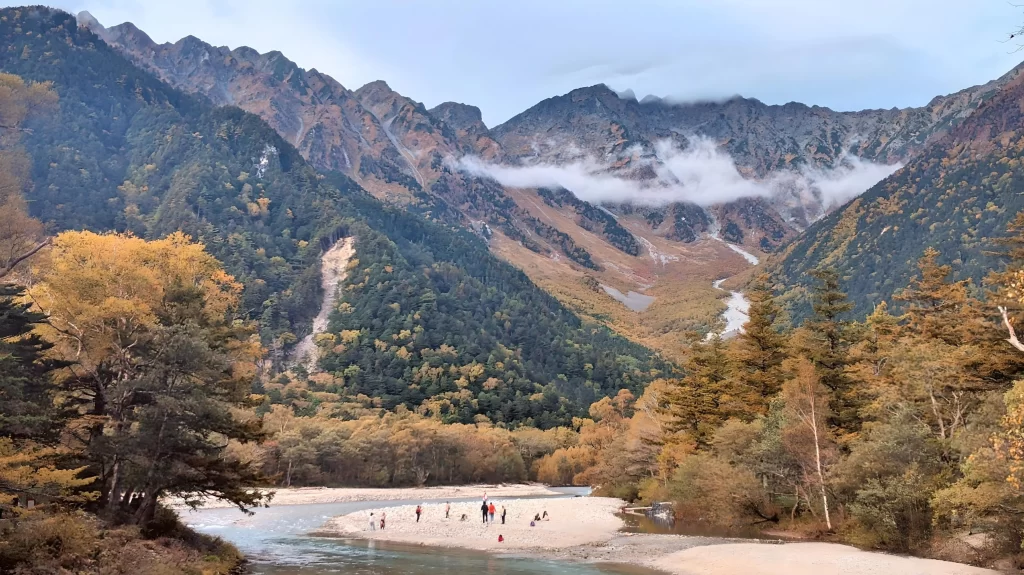
Kamikochi: Reset & Revitalize Yourself in Japan’s Valley of the Gods
Part of the broader Chubu Sangaku National Park, Kamikochi is an alpine valley of outstanding beauty and one of Japan’s most rewarding outdoor destinations. Stretching 16km / 10 miles, the valley follows the Azusa River and is bookended by two imposing mountains, Mount Hotaka and Mount Yakedake. Standing 3,190m / 10,466ft, Hotaka is Japan’s third tallest mountain while Yakedake or the “Burning Mountain” – 2,455m / 8,054ft – is an active volcano, bearing the scars of its most recent major eruption. A place of rare beauty, Kamikochi has long been afforded special significance in the Japanese consciousness and considered a sacred landscape. A domain of the gods.
Open to the public from mid-April to mid-November, Kamikochi is accessible from the castle town of Matsumoto to its east and Takayama, with its historic old town center, to the west. As such, most visitors combine their journey to Kamikochi with one or often both of those destinations and in doing so enjoy one of the most popular routes through Central Japan. Kamikochi has an average elevation of around 1,400m / 4,600ft, blessing it with a notably cooler climate than the valleys and cities below. Sitting within the North Alps – Japan’s highest mountain range – Kamikochi provides views of and access to multiple peaks of around 3,000m / 9842ft and above. Most visitors to Kamikochi enjoy leisurely hiking trails within the valley, with more serious mountaineering routes accessible from trailheads and leading onto those mountains and deep into the national park.
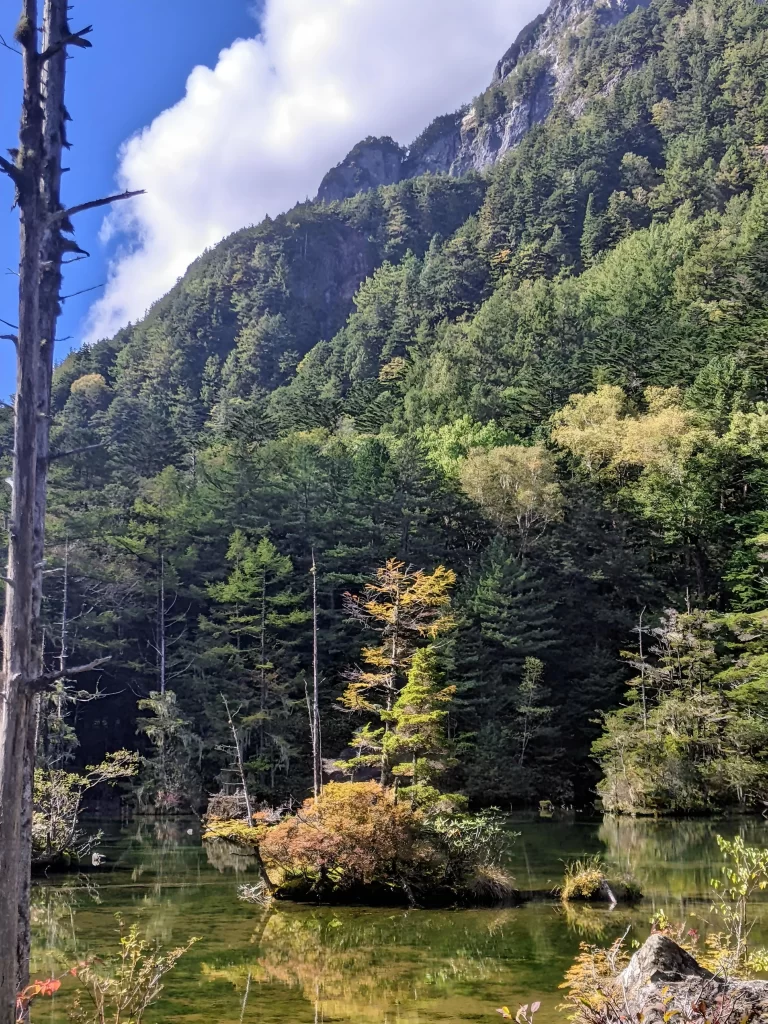
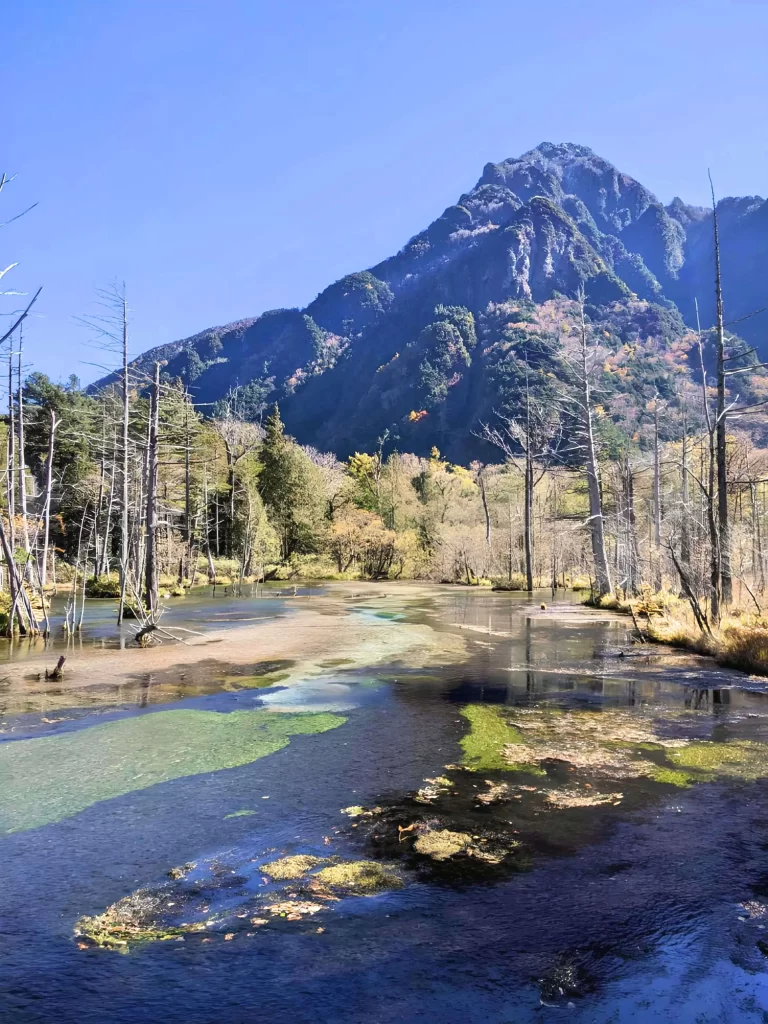
©Peter Carnell
For Japanese, the sight of Mount Hotaka or “Okuhotaka” rising behind “Kappabashi” (Kappa Bridge) is an instantly recognisable one. The beauty and significance of the area is reflected in its designation as Special Natural Cultural Property in 1952 and later ban on private vehicles entering the valley in 1975. Access to Kamikochi remains restricted in an effort to conserve the environment however be prepared that it is an increasingly popular destination and sadly, is at times over-touristed. Yet it remains a destination well worth experiencing and with a little planning you can escape the crowds, especially if you’re prepared to walk a little further.
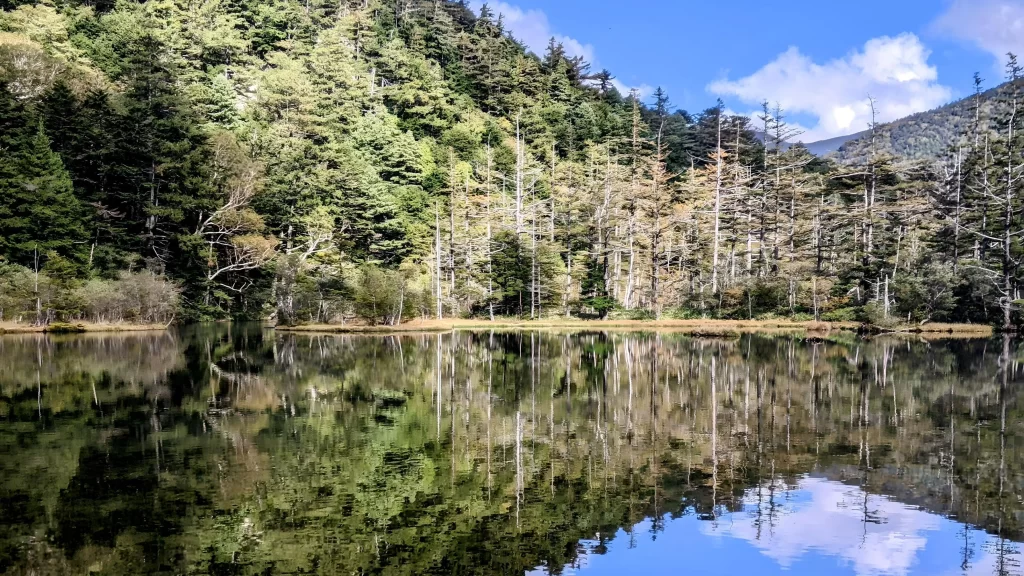
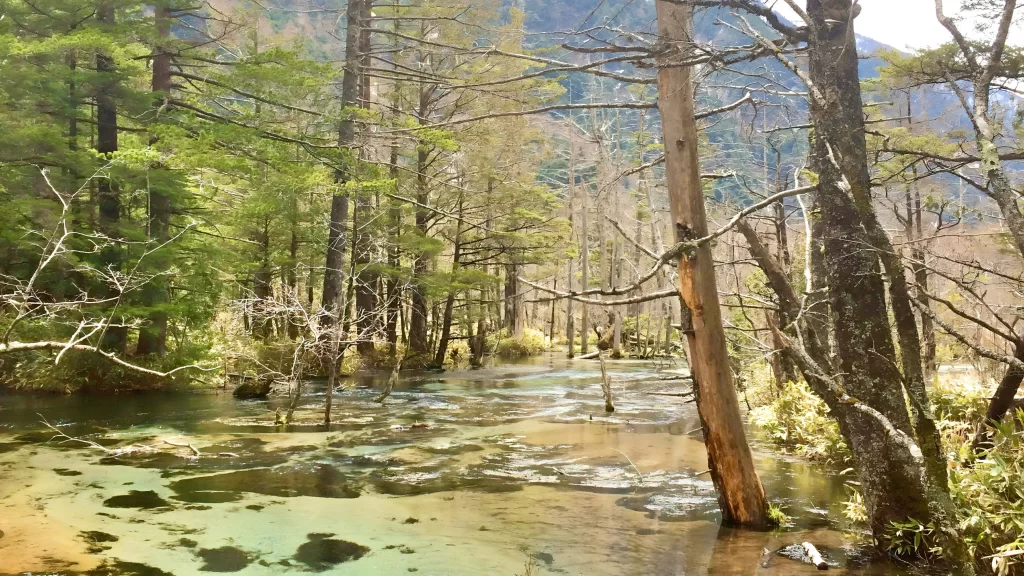
©Peter Carnell
Most visitors enjoy Kamikochi as a daytrip from either Matsumoto or Takayama, with the option of also staying overnight inside the valley or at the nearby hot spring town of Okuhida Onsen. Once in Kamikochi, hiking trails follow the river with alternate routes heading into the forest. These trails are well-maintained, signposted and suitable for anyone of reasonable fitness. Day-trippers can enjoy the trail starting at Taisho-ike and following Asuza River to Kappabashi – 1 to 1.5 hours depending on your pace – before heading along the longer circuit route to Myojin-ike and returning to Kappabashi along the opposite side of the river – 2 to 3 hours depending on your pace. Visitors wanting to walk past Myojin-ike toward Tokuzawa and the northern most part of the valley, will need to stay overnight. Kamikochi offers a range of accommodation with the greatest concentration of hotels around Kappabashi with other inns and guesthouses located deeper into the valley along with two campgrounds.
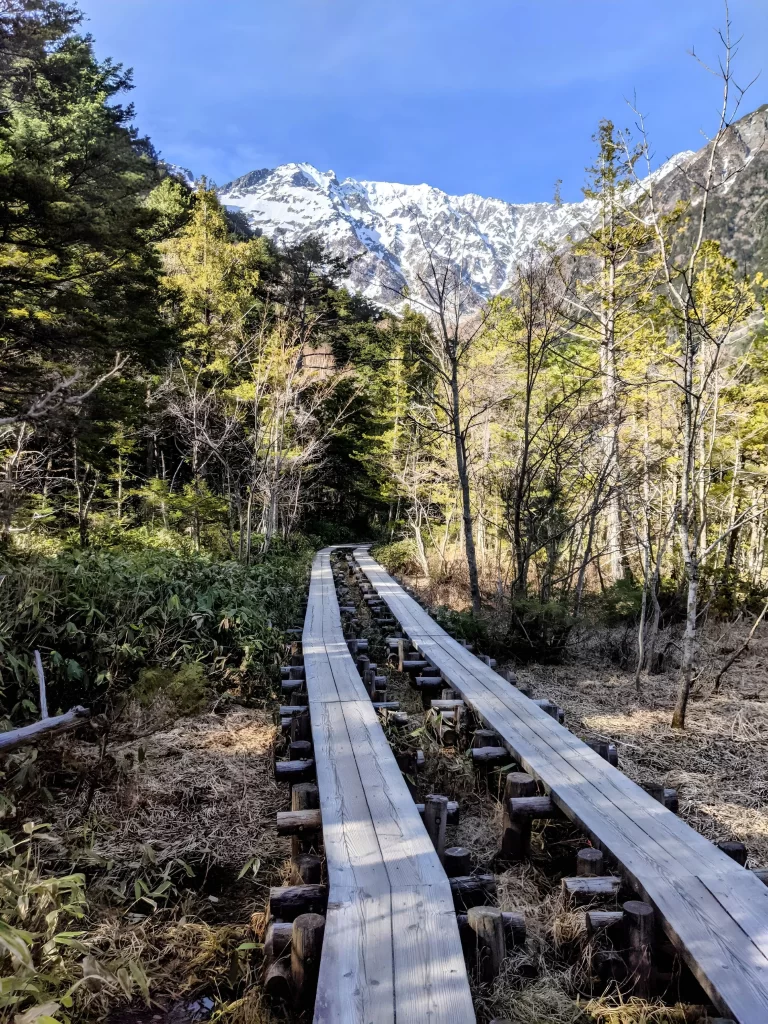
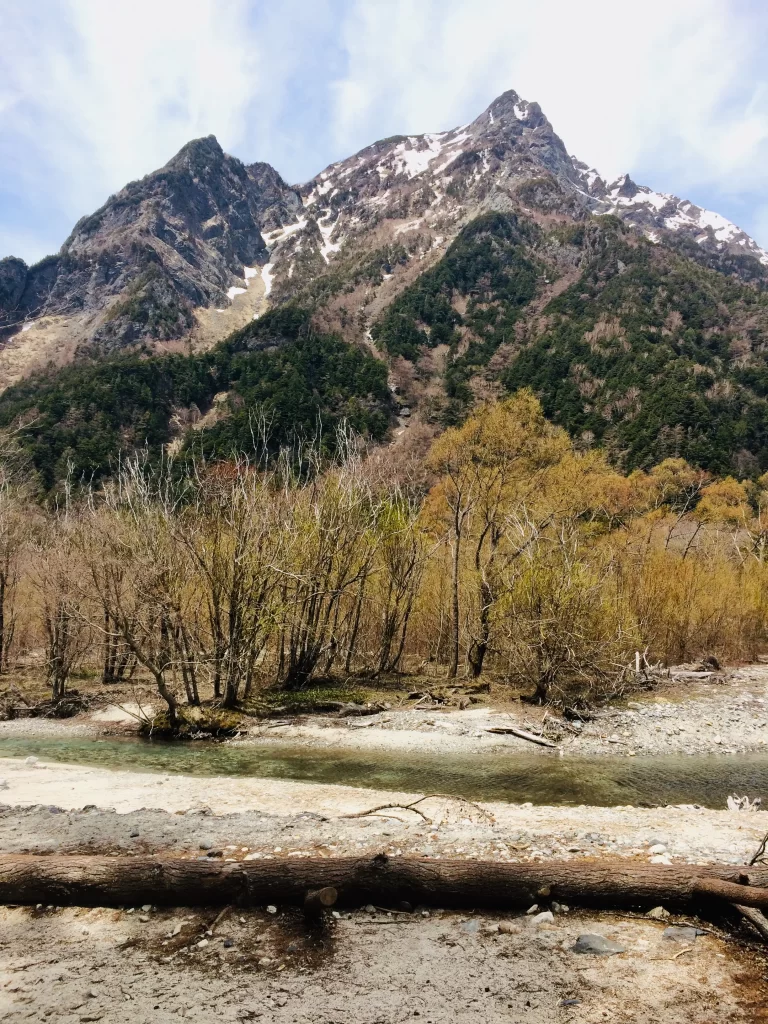
©Peter Carnell
Long popular with Japanese and increasingly on the radar for international visitors, Kamikochi is busy yet still worthwhile with each season offering its own reason to visit.
When to Visit
It is important to note that Kamikochi is only accessible from mid-April until mid-November. During the intervening winter months, the valley is inaccessible for transport due heavy snow. The only option for entering Kamikochi at that time is on specialist snowshoe tours. Typically reopening on April 17th each year, the official opening is not for a week or two after, meaning that these early weeks are a fantastic time to visit. Visitor numbers are low at this time while the mountains above the valley remain covered in snow. By the start of May, all hotels and other services are operational and visitor numbers quickly increase, before the rainy season of mid-June to mid-July again results in a drop in visitor numbers.

©Peter Carnell
As summer takes hold from mid-July onward, Kamikochi will be very busy and moving into the summer holidays of August, the valley is often crowded. When visiting in summer we recommend avoiding weekends and public holidays while heading there with an anticipation that it will still be busy. Accommodation is fully booked and expensive through summer with even the campgrounds at capacity. July until mid-September marks the mountaineering season with trails leading into the mountains free of snow and mountain lodges operating. The higher elevation of Kamikochi and the mountains mean that summer temperatures while still warm are much more pleasant than the extreme heat and humidity often experienced in the big cities.
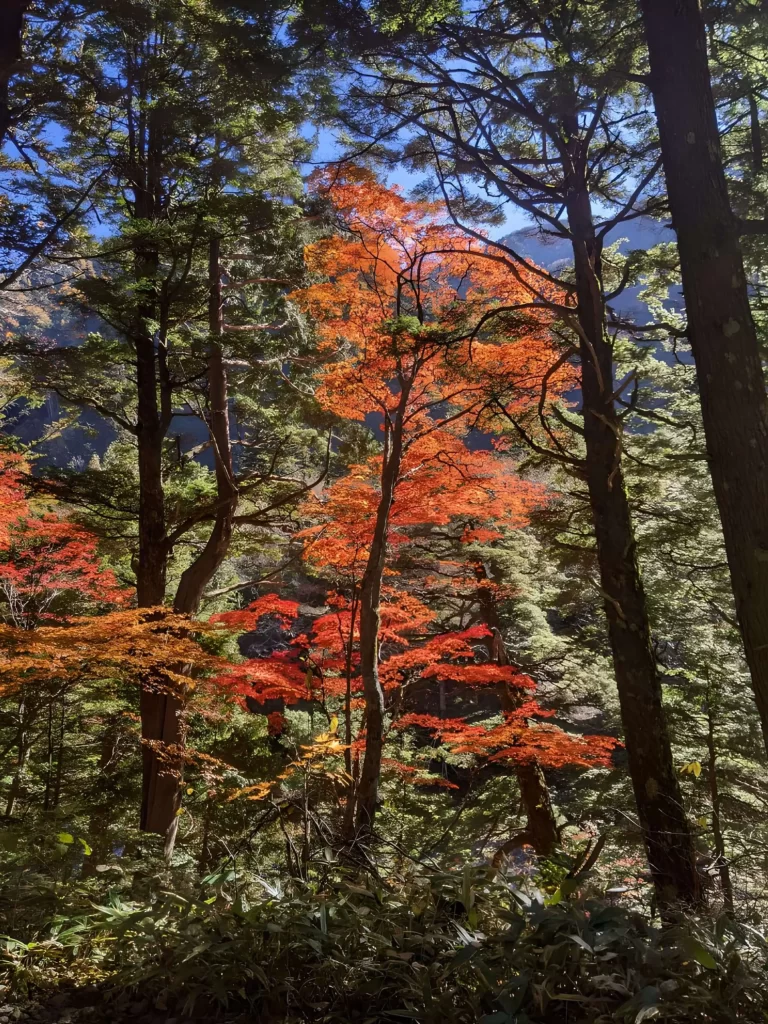
©Peter Carnell
From mid-September onward, visitor numbers to Kamikochi again peak as many people flock to the valley to enjoy its spectacular autumn colors. Hotels and transport are again very busy. It’s best to avoid weekends and public holidays at all times of year. By mid to late-October, the autumn colors have fallen and faded and with that, so too do visitor numbers as the first snow falls atop the mountains. Should you be able to time your visit to Kamikochi for sometime in mid-October to closing in mid-November, you can enjoy much smaller visitor numbers, often spectacular weather and fantastic light for photography.
How to Get There
Kamikochi is accessible from Matsumoto to the east – a 90 minute drive – and Takayama to the west – a 70 minute drive. As noted, private vehicles – other than chartered / licensed transport – are not permitted to access Kamikochi, obliging most visitors to use the combination of train and bus when coming from Matsumoto or bus when coming from Takayama. We recommend arranging a licensed vehicle to transport you directly to and from Kamikochi, along with a local guide to accompany you while hiking there. When coming from Tokyo, Matsumoto Station can be reached using the Limited Express Azusa – approximately 2.5 hours – running from Shinjuku Station.
This article was written by Peter Carnell
About Peter Carnell
Peter Carnell is a freelance tour guide, writer and podcaster based in northern Nagano. Peter specializes in guiding in Nagano and surrounding prefectures which make up Central Japan, while also hosting the bi-weekly “Outland Japan” podcast – a podcast about travel, life and culture in regional, rural and the wilds of Japan. Peter’s guiding, writing and entire approach to Japan is underpinned by his academic background, having studied a Bachelor of Archaeology in the United Kingdom and a Master of Cultural Heritage and Museum Studies in Australia.
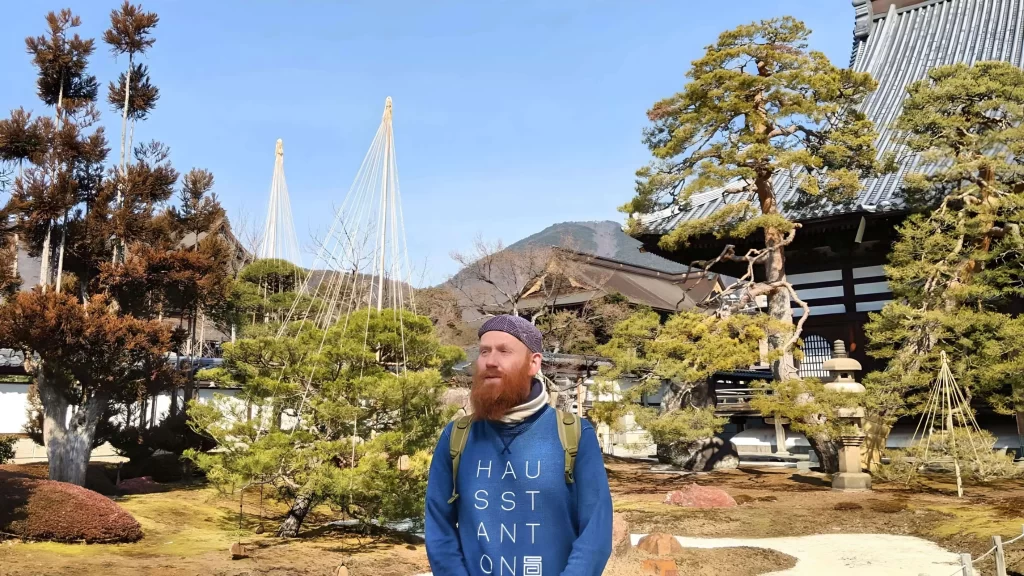
©Peter Carnell

